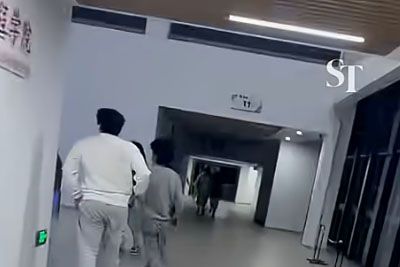Technology
Guy Creates A Fake Traffic Jam On Google Maps Using 99 Smartphones
Google maps can also track the traffic density of individual sections. This allows us to find out in real time where the traffic jam is and which sections we should avoid.
However, the Google's system may be tricked, as demonstrated by Simon Weckert these days.
Google's traffic density system works by drawing data from mobile phones. Using GPS trackers and datas from a specific network, they can pinpoint the location of a mobile phone. The more mobile phones in one place, the higher is the traffic density shown on Google maps.
Simon Weckert posted a video online demonstrating how easy it is to trick Google's traffic jam recognition system.
He placed 99 mobile phones into a cart and took them down a road that was nearly empty, and Google Maps on the web quickly identified the section as heavily laden and showed traffic jams.
However, the Google's system may be tricked, as demonstrated by Simon Weckert these days.
Google's traffic density system works by drawing data from mobile phones. Using GPS trackers and datas from a specific network, they can pinpoint the location of a mobile phone. The more mobile phones in one place, the higher is the traffic density shown on Google maps.
Simon Weckert posted a video online demonstrating how easy it is to trick Google's traffic jam recognition system.
He placed 99 mobile phones into a cart and took them down a road that was nearly empty, and Google Maps on the web quickly identified the section as heavily laden and showed traffic jams.








